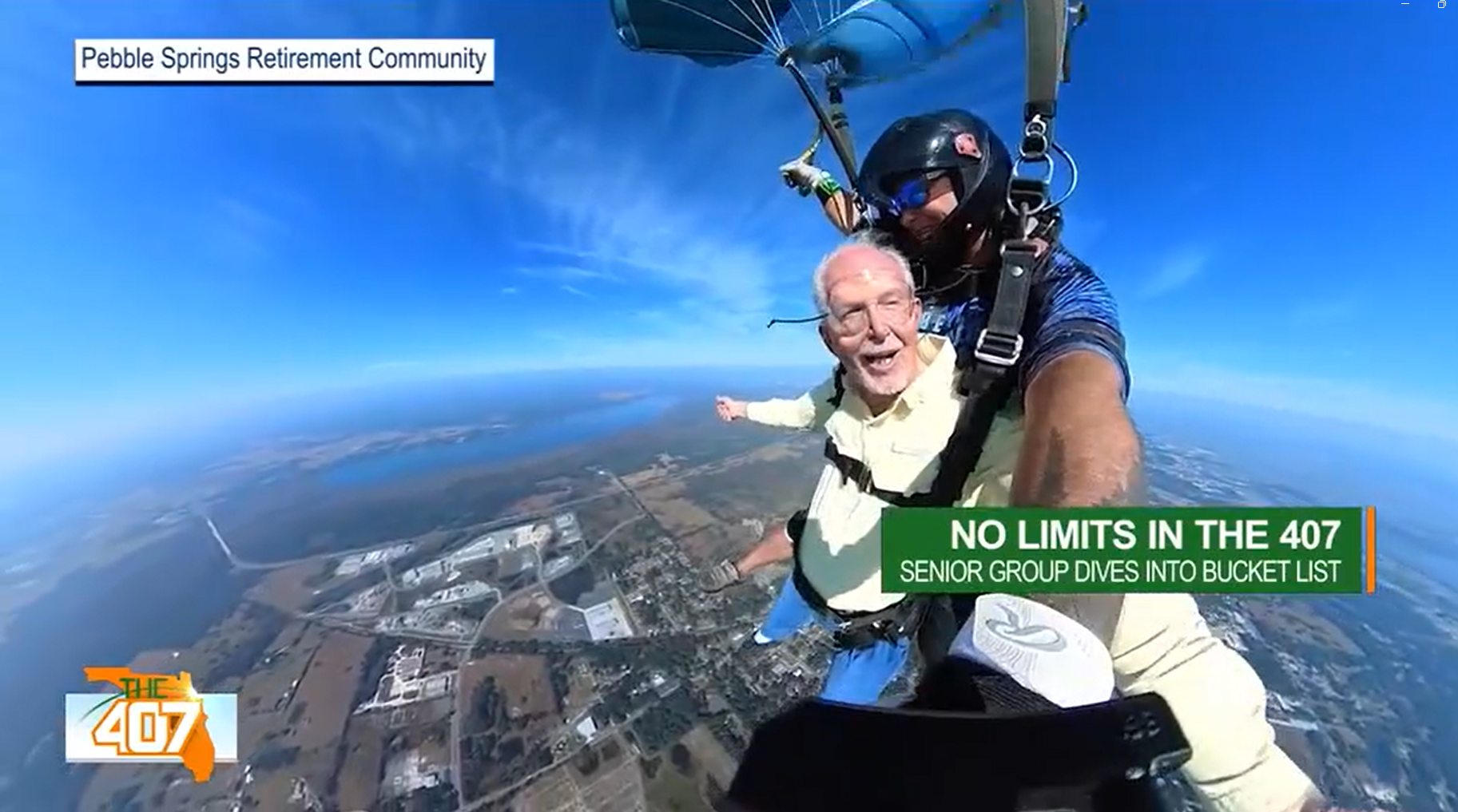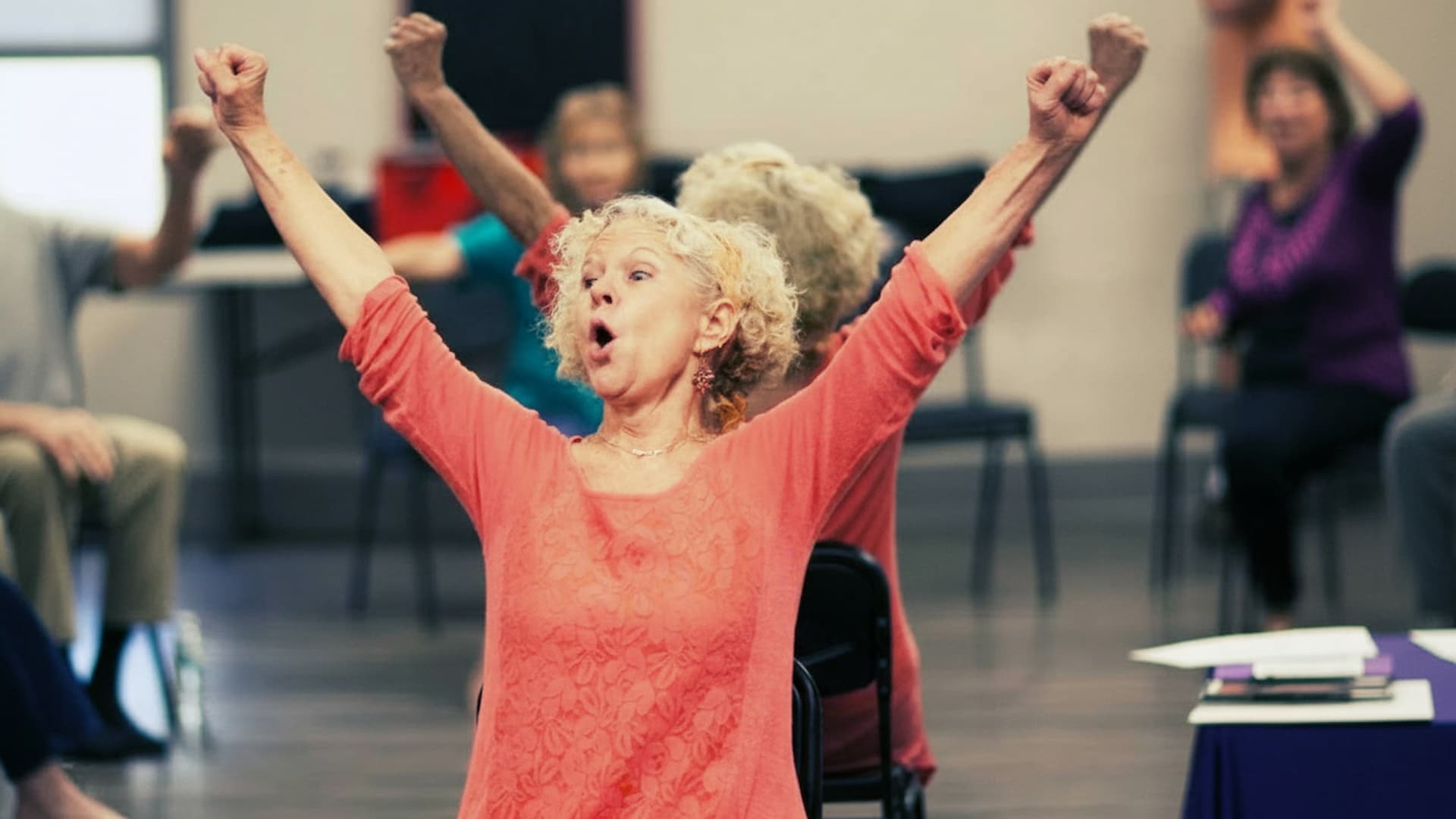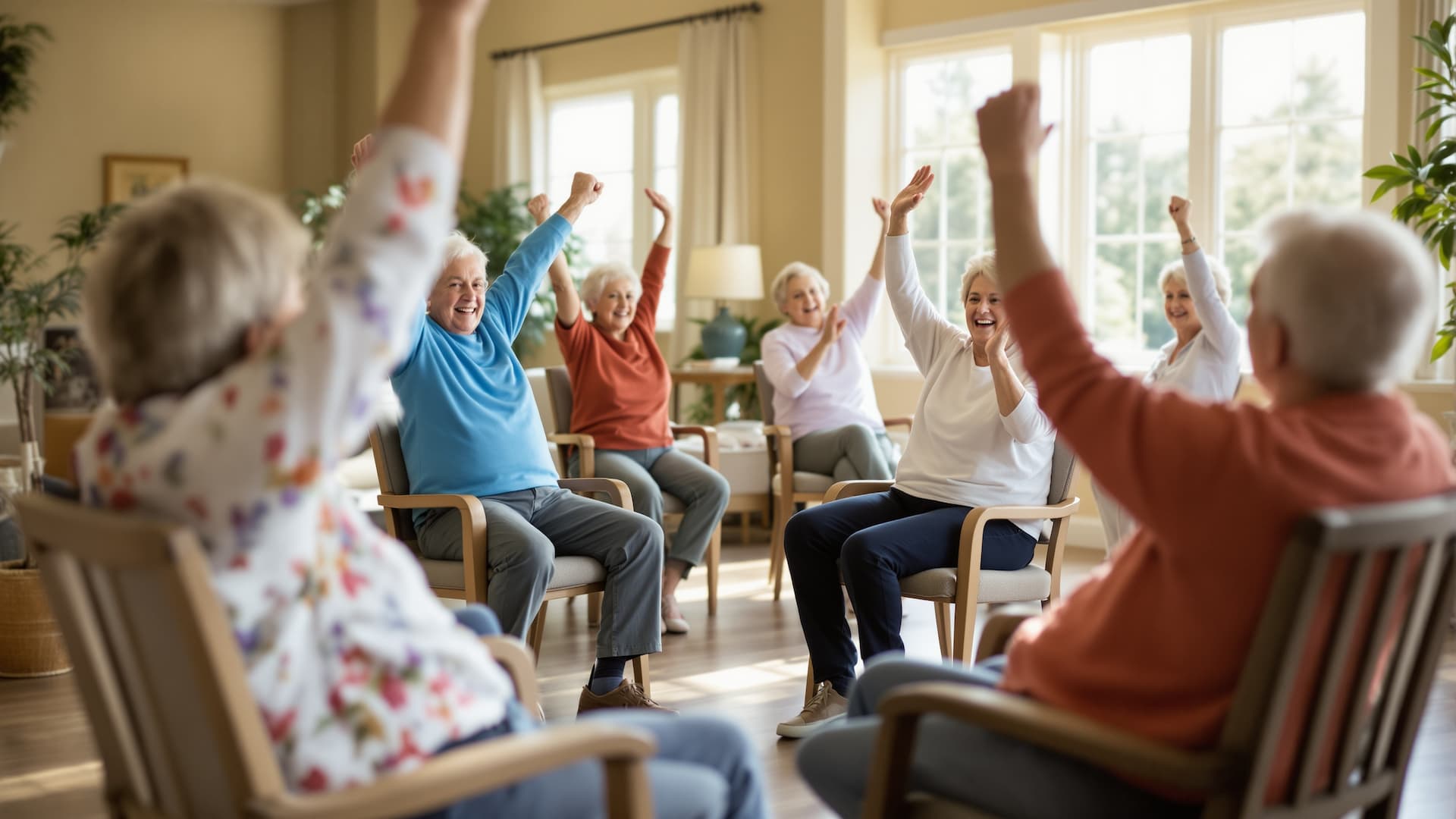
It's classic but it stays beautiful over a long period of time.
At RLC, we design and build communities that become someone's sacred space - their home. This cognizance is always at the forefront of our minds, even when it comes to training our employees, who are always aware that they are coming inside someone's home to serve. But this understanding goes further back, beginning with the builders and designers of our communities as well. For RLC's interior design duo Ann and Molly, creating the interiors for our new community homes is a true labor of love.
1. How would you describe the style of our new communities?
A: Classical. We want to make it colorful and invigorating but the trendiness comes out more in the accents. Fundamentally, we want it to be a gracious, happy place to live.
M: It's classic but it stays beautiful over a long period of time.
2. How has design in the senior housing industry changed over the last decade?
M: The senior demographic is diverse. We like creating spaces that spark conversations - that make people stop and look. Well-designed things do that.
A: In the industry, senior design used to be about creating a traditional country feel. People assumed seniors weren't interested in having contemporary surroundings. We've always very much disagreed with that.
3. How does one specialize in interior design for seniors?
A: There are always new guidelines to follow, and ADA [Americans with Disabilities Act] codes published, so a lot of continuing education on things like slip resistance, handicap accessibility, counter heights and doorways. We've also taken classes on what happens to the senior body. For instance, color perception can change as the cornea yellows. That's a hot button for us. We like things bright and we try and make them brighter and more energizing all the time. For me, personal history plays into it as well. My dad had Alzheimer's. Health and safety is first. We want everything sturdy, secure, and beautiful.
4. How is design evolving at RLC?
M: Designing outdoor spaces is becoming a bigger part of what we do. That reflects the industry in general. In our locations where people are outside more of each day, in the desert and in the south, we're enlarging those spaces.
We're adding fire pits outside and fireside areas inside. A number of our public spaces are larger than in other communities. We think it's important to encourage connections. Social interaction is such a big part of wellness, so we want lots of spaces where people can meet.
A: The conversation rooms have also evolved. Each community has six rooms. They used to be multi-purpose. Now we're designing them for specific purposes. There's an arts and crafts room, a puzzle room and a game room, like for poker. The tables in the puzzle rooms have lighter tops so residents can see the pieces better. And we've found great cabinets for storing them. Even the artwork is tied in to puzzles.
5. When it comes to designing our new communities, what is the biggest challenge and what is the most fun?
A: Finding the balance between doing fun and interesting things design-wise, and being good stewards of the investment our company has made. For permanent materials like ceramic tile and carpeting, we have to keep pretty neutral. We want the style to endure. But we love creating accents of color. We're always striving for that perfect balance.
Designing the interiors of the model apartments are our favorite part. We can get crazy with color. We can create a mood for what life would be like for a person who lives there and we get to do different ones all the time.
###





